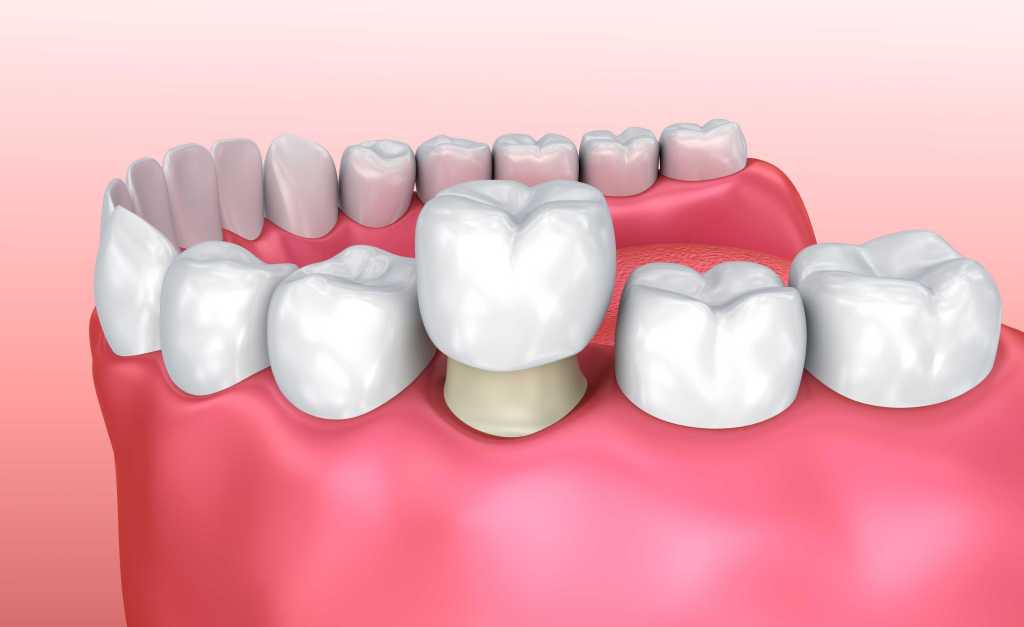One thing that a lot of parents need to teach their child is proper oral care. While brushing twice daily along with flossing come together to reduce tooth decay and gum disease, the one that a lot of children have trouble with is flossing. You can learn how to help children clean between the teeth with their floss, encouraging them to keep up the habit for the rest of their life.
When to Start
Children need to start flossing when enough of the teeth that they have start growing next to one another. Bacteria settle in between the teeth, which leads to tooth decay, and gums which are inflamed. Parents usually have to floss the kid’s teeth usually initially. It’s vital to also be gentle when you do this, as this can sometimes be a bit sore afterwards, and crate gums that are bleeding. Keep it gentle, so that you can teach children the vital nature of this habit.
Getting Children to Floss Better
If you’re dealing with a child who is against flossing, or hesitant on doing this, you’re not alone. When you clean between the teeth, this is challenging, but there are a few ways to make it fun for them.

Some of these include:
- Demonstrating the way flossing works
- Rewarding correct flossing
- Singing different songs
- Letting children pick out the products they need to use
You can show them how flossing removes this debris pretty easily. First, you want to eat snacks including fruit, leafy greens, and the like, something that usually gets stuck between a person’s teeth. You then demonstrate the correct technique for flossing, so you can provide children with a visual on just how this works. Then, you want to make this a habit, by having them put together a calendar that demonstrates their oral care. Whenever they do something correct, they get a sticker. Then, as they accumulate the stickers, they can get rewards for it.
Sometimes, singing works too, as it can help get children engaged and excited for flossing.
Flossing for Kids
If you’re wondering the best way to floss a child’s teeth, you’re not alone.
You can actually do this in just four simple steps, provided that the child has enough teeth to make this a reality. In fact, once the floss is there, you can then continue, and from there, build the best means for you to get the results you want.

- First, you want to get about 18 or more inches of floss, but not a ton of it.
- Wind a bit of floss around the index finger and the thumb, at every single end until there’s a small section of floss a person can use between their fingers. Then, you want to slide this between the teeth of a child.
- Angle this so that it creates a C shape that curves around the teeth, sliding the floss along the sides of your teeth, and then underneath the gum line
- Using a fresh and new floss section, repeat this each time so that the biofilm and the food doesn’t get put back in there, because that can happen
If this is hard for them to do, or if it’s not comfortable, the best way for a child to manage this at this point is either water flossers or interdental brushes that clean up the teeth, preventing further discomfort from happening.
With all of this, you as a parent will be able to ensure that the child gets proper care, and they’ll be able to grow with this, building better health habits.





